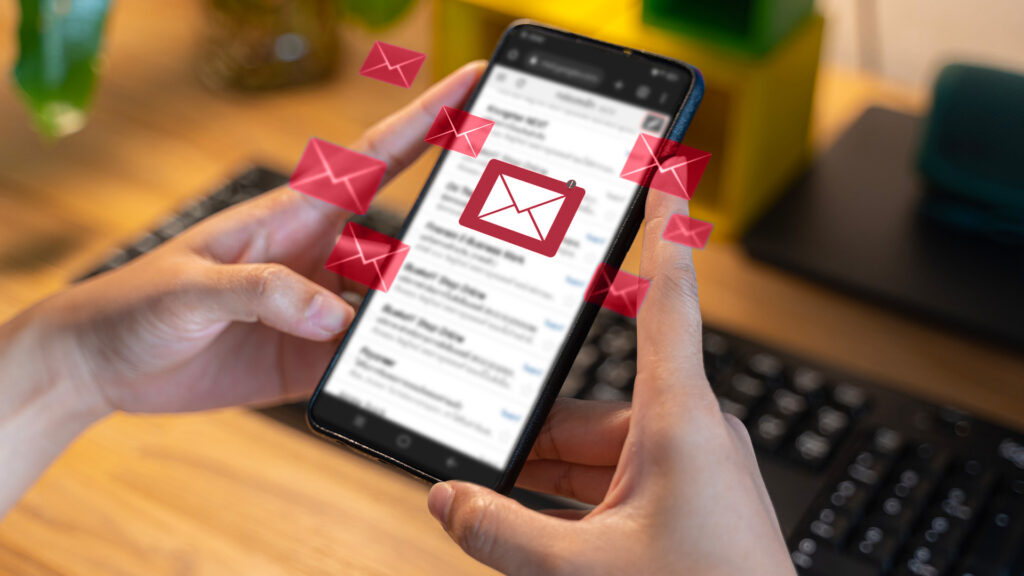Email Marketing Best Practices, Part 2:
Last month, we shared our best practices for avoiding spam filters, helping ensure that your email marketing campaign reaches the prospect’s inbox. But getting past the gatekeeper is just part of things. Let’s set the picture:
- The average businessperson receives around 120 emails per day
- The average open rate for an email marketing campaign is 36.5%
These numbers show that business inboxes can look like Grand Central Station for email on any given day, AND that prospects are choosy about which messages they open and read. When you consider that many of the emails coming in are from company higher-ups, coworkers, and customers, the likelihood of your marketing email getting attention becomes even more dire.
So what can you do to improve the odds? Here are eight ways to help ensure your emails get not just noticed but acted upon:
-
Create Compelling Subject Lines
This is the first thing recipients see, making it your top opportunity to gain attention. Keep your subject line concise, roughly 50-70 characters. Make sure it reflects the email’s content, piques curiosity, and entices an open. (This article offers 10 types of subject lines to help gain readers’ attention.)
-
Optimize Preheaders
This is the preview text that appears next to or just below the subject line in the inbox. It’s an additional opportunity to capture interest, so give it the same effort.
-
Personalize Content
Generic emails are easy to ignore. Tailor your subject line and message to the recipient by using their name, and if possible, personalize the email content by leveraging data from previous interactions with them, such as their expressed interests. This makes your email seem more like a one-on-one conversation and less like a mass message.
#ProTip: According to the American Marketing Association, personalized emails are 26% more likely to be opened and can boost sales by up to 20%.
-
Leverage Visual Appeal
Use a clean, professional design that catches the eye with headers, bullet points, and ample white space for readability. Images or videos are great, just don’t overuse them as some recipients may have images disabled (and they may set off spam filters). Your text should be all that is needed to convey the message.
-
Use Consistent Branding
This helps build familiarity and trust. Use a consistent tone, style, and color scheme in your emails—and across all your marketing channels.
-
Be Mobile Friendly
With more people checking emails on mobile devices, use a design that auto-adjusts to different screen sizes and ensure that buttons and links are easily clickable on smaller screens.
-
Have A Clear CTA
An easy-to-find call-to-action is needed to drive the desired response once an email is opened. Make the CTA (downloading a whitepaper, scheduling a call, viewing a demo, visiting a landing page, registering for a webinar, etc.) stand out.
-
Test and Retest
To continuously improve your email strategy, test its different elements, analyze performance, and tweak accordingly. A/B testing of subject lines, content, images, and CTAs can provide insights into what resonates best.
Email remains a cornerstone of business communications. But with a steady flood of daily messages, it’s critical to craft messages that not only make it into the inbox but also capture busy prospects’ attention. The bottom line: Don’t just “mail it in”— be thoughtful about your next campaign to ensure your emails stand out and inspire not only opens but coveted click-throughs to help drive conversions.
For part 1 of our Email Marketing Best Practices, go here.
**
Need help conducting successful email marketing campaigns? Our team of experienced professionals can help. Let’s talk today.

